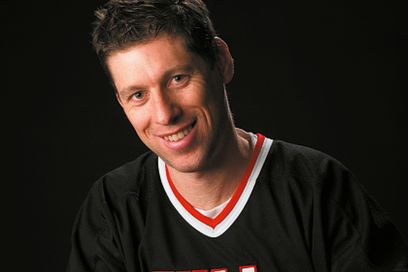
By Phil Gordon
 When I think about my actions after the flop or the turn, watching the "texture" of the board - i.e., what cards are in play and how they interact with each other and starting cards that my opponent may have. This tells me how much I have to bet.
When I think about my actions after the flop or the turn, watching the "texture" of the board - i.e., what cards are in play and how they interact with each other and starting cards that my opponent may have. This tells me how much I have to bet.
My standard setting on the post-flop varies from one-third of the pot at 100% of the pot. The texture of the board tells me the size of this update. It is also dictated by the following four factors:
If I have a medium strength hand compared with that of my opponents, I'll bet about 2/3 of the pot. I want that my opponents fold with hands that could beat me and call with hands that will be beaten.
If I have a weak hand and I want to build, I'll bet the pot. I want that my opponents fold hands that might be better than mine.
If my hand is unlikely to improve, say something like 15% or 20% of the time, I'll be more able to bet 2/3 of the pot.
If my hand is more likely to improve (approximately 34% of the time or more) I miserai something like '' of the pot.
If I believe that my opponent hit a pair and I think I have a better hand than him, I'll be tempted to bet 2/3 of the pot.
If I believe that my opponent may have flopped 2 pair or better and I believe that I have the best hand, I'll bet the size of the pot. And if I believe that I do not have the best hand, I do not miserai.
If I think that my opponent has a strong draw and that I do not have the best hand, I almost never miserai.
When the four recommendations lead me to two conflicting conclusions about the size of my layout, I'll usually make an average and bet that amount.
Over time you will develop a better sense to analyze the "textures" of the different boards, and you will also better intuition on the amount bet; It will almost become an automatism. After that, you will be able to devote more time to study and observe your opponents.
 When I think about my actions after the flop or the turn, watching the "texture" of the board - i.e., what cards are in play and how they interact with each other and starting cards that my opponent may have. This tells me how much I have to bet.
When I think about my actions after the flop or the turn, watching the "texture" of the board - i.e., what cards are in play and how they interact with each other and starting cards that my opponent may have. This tells me how much I have to bet.My standard setting on the post-flop varies from one-third of the pot at 100% of the pot. The texture of the board tells me the size of this update. It is also dictated by the following four factors:
01 How strong is my hand compared to the hands that my opponents can hold?
If I have a stronger hand that my opponents may have, I'll bet more weakly, approximately 1/3 of the pot. I want that my opponents call.If I have a medium strength hand compared with that of my opponents, I'll bet about 2/3 of the pot. I want that my opponents fold with hands that could beat me and call with hands that will be beaten.
If I have a weak hand and I want to build, I'll bet the pot. I want that my opponents fold hands that might be better than mine.
02 Is that my hand has a chance to improve?
If my hand has no chance to improve, I'll bet more than 2/3 of the pot. I want to take the pot right away.If my hand is unlikely to improve, say something like 15% or 20% of the time, I'll be more able to bet 2/3 of the pot.
If my hand is more likely to improve (approximately 34% of the time or more) I miserai something like '' of the pot.
03 what are the chances that my opponent hit the flop and there a pair or better?
If I believe that my opponent did not hit the flop and I have top pair or better, I'll bet 1/3 of the pot.If I believe that my opponent hit a pair and I think I have a better hand than him, I'll be tempted to bet 2/3 of the pot.
If I believe that my opponent may have flopped 2 pair or better and I believe that I have the best hand, I'll bet the size of the pot. And if I believe that I do not have the best hand, I do not miserai.
04 What are the chances that my opponent has a draw (a draw to the best possible hand according to the flop, as a draw to the straight or the flush).
If I think that my opponent has a solid draw, but I have the best hand, I'll bet the size of the pot.If I think that my opponent has a strong draw and that I do not have the best hand, I almost never miserai.
When the four recommendations lead me to two conflicting conclusions about the size of my layout, I'll usually make an average and bet that amount.
Over time you will develop a better sense to analyze the "textures" of the different boards, and you will also better intuition on the amount bet; It will almost become an automatism. After that, you will be able to devote more time to study and observe your opponents.




